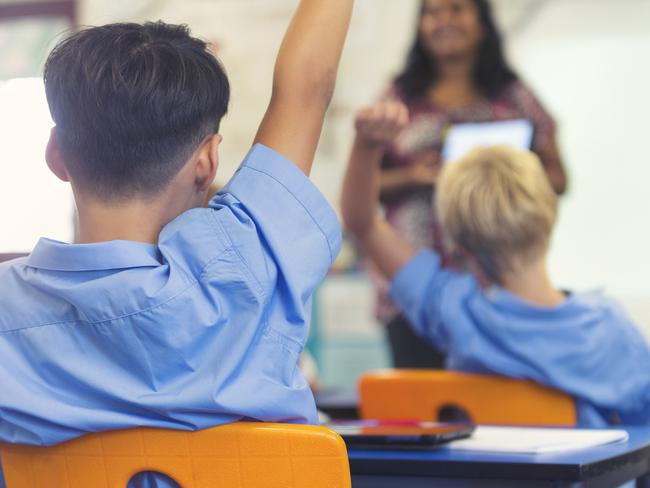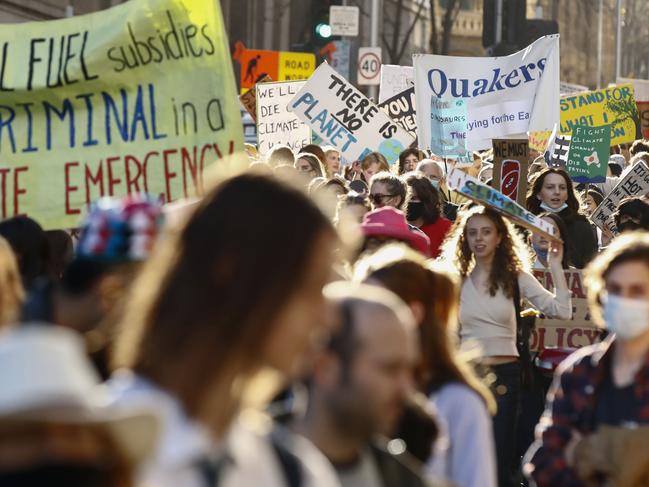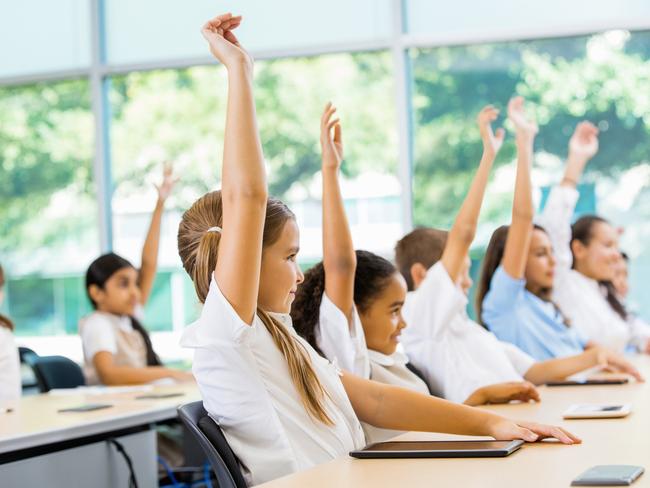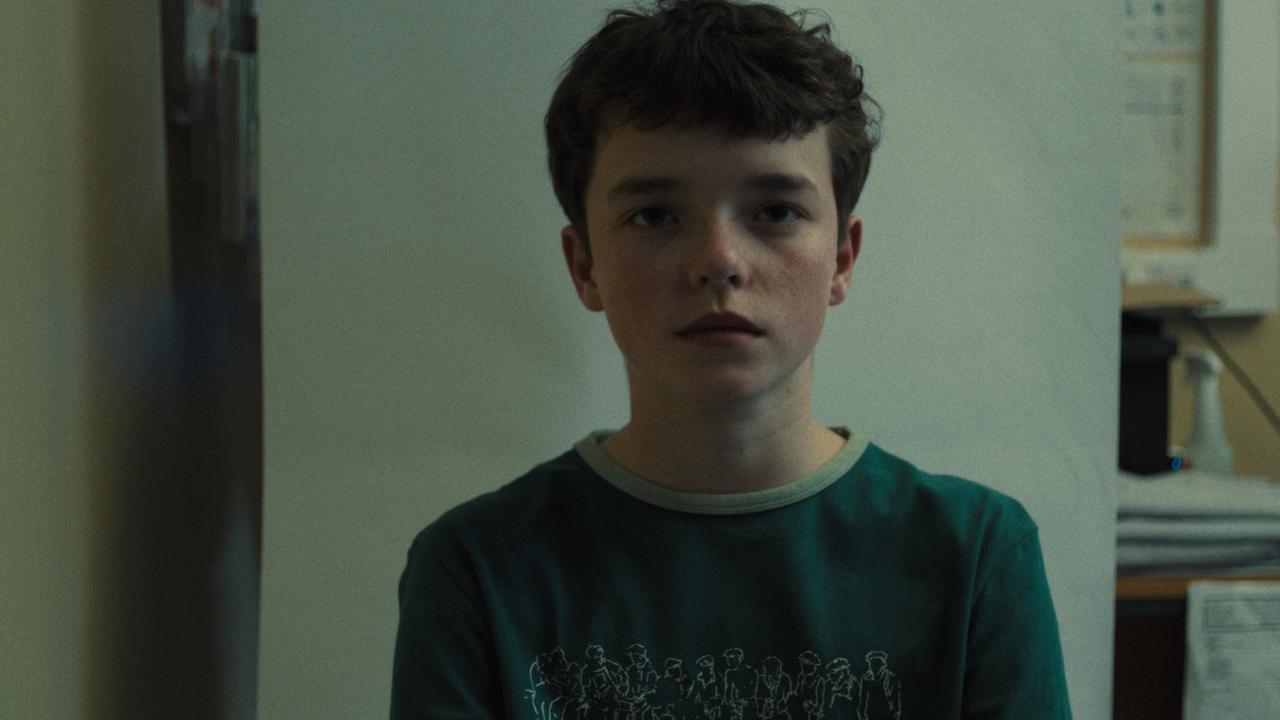The national curriculum fails students when it teaches only one side of complex debates
A politicised school curriculum which teaches only one side of highly complex debates fails us all.
Susie O'Brien
Don't miss out on the headlines from Susie O'Brien. Followed categories will be added to My News.
Teachers are quitting, principals are stressed and kids are anxious.
But everything’s okay because prep kids are spending this afternoon writing a sustainability rap.
Year sevens are learning how to protest about environmental issues and year nines are organising rallies in class time.
At a time when a back-to-basics approach seems wise, the curriculum is crowded with political imperatives.
The Institute of Public Affairs has analysed the national curriculum version 9.0, and found it packed with “identity politics, radical race theory, and radical green ideology”.

While I am politically more progressive than the IPA – who isn’t? – I can see the danger in presenting only one perspective on many of these issues.
This version of the curriculum is an improvement in many ways: it’s 20 per cent less cluttered and Australian history is now compulsory in years nine and ten.
The curriculum documents also say there should be an appreciation of the “histories and cultures of First Nations Australians, Australia’s Western and Christian heritage, and the diversity of other migrant cultures”.
However, it seems we still haven’t quite got the balance right.
Teachers are not allowed to preach political perspectives or offer their own views on controversial issues.
So why are they being asked to teach sustainability or indigenous reconciliation as topics with only one standpoint?
Not only does it alienate those who come from a more conservative side of politics, but it doesn’t encourage critical or balanced thinking.
For example, in Year 10 history, students learn that reconciliation is a process of “truth-telling and healing between First Nations Australians and other Australians”.
Despite this, the journey to reconciliation has been complex, complicated and anything but healing for some.

Topics such as indigenous reconciliation should be in the curriculum, but embedded in a critical framework, not presented as accepted fact.
Another example is the focus on sustainability and recycling.
Yes, the importance of recycling should be taught, but students should also learn how fraught such strategies can be in the real world.
The supermarket soft plastics recycling debacle is a good example of this.
Same goes for the emphasis on renewable energy – where does that leave a gas-reliant state like Victoria?
The complexities and nuances of the issues must be taught alongside the worthy goal.
There’s another issue at stake: anxiety.
Record numbers of students are suffering from crippling anxiety, not only on a personal level, but because they are worried about the state of the world.
Researchers from the ANU recently reported that 86 per cent of 12 to 13-year-olds think climate change is something they should worry about.
Similarly, a 2022 Mission Australia survey of 15 to 19-year-olds found the environment is the biggest concern of 51 per cent of those surveyed.
This is up from 38 per cent in 2021 and 29 per cent in 2020 – an astonishing increase.
One quarter reported they were “personally, extremely or very concerned about climate change”.
In this context, schools must ensure the teaching of environmental and ecological issues doesn’t become so overwhelming that kids become very stressed.

As Bella d’Abrera from the IPA explains, the concern is that young people are being told that “only they can save the planet”.
Gee, no wonder they are stressed.
Race and colonialism is another area which deserves to be handled with nuance and delicacy.
While children need to learn the oppressive, and at times violent, history of colonial race relations, such perspectives must be set against the prevailing attitudes of the times.
We don’t want kids to be so traumatised by their learning of past atrocities that they are ashamed of being Australians.
With two of my children still at school, I can see these issues playing out first-hand.
My daughter, who is studying Australian history, is learning about the granting of the vote to women in 1902 — the second nation in the world to do so.
But she doesn’t see it as an achievement because she says the vote was only granted to “white women”.
While she’s technically correct, indigenous people were only given the right to vote in 1962 and counted in the census in 1967, so their enfranchisement was many decades away in 1902. While the point about “white women” needs to be made, it shouldn’t take away from the momentous achievement of the early bluestockings.
With teachers stressed and time-poor, subjects need to be stripped back, not filled up with ideological tasks.
Why, for instance, are Year 8 students spending their maths lessons counting First Nations Rangers instead of getting the basics right?
Parents in Victoria should be even more concerned given that it’s up to state authorities to decide how to implement the curriculum.
Thanks to Daniel Andrews, there will be sustainability rapping and climate protest lessons galore.



